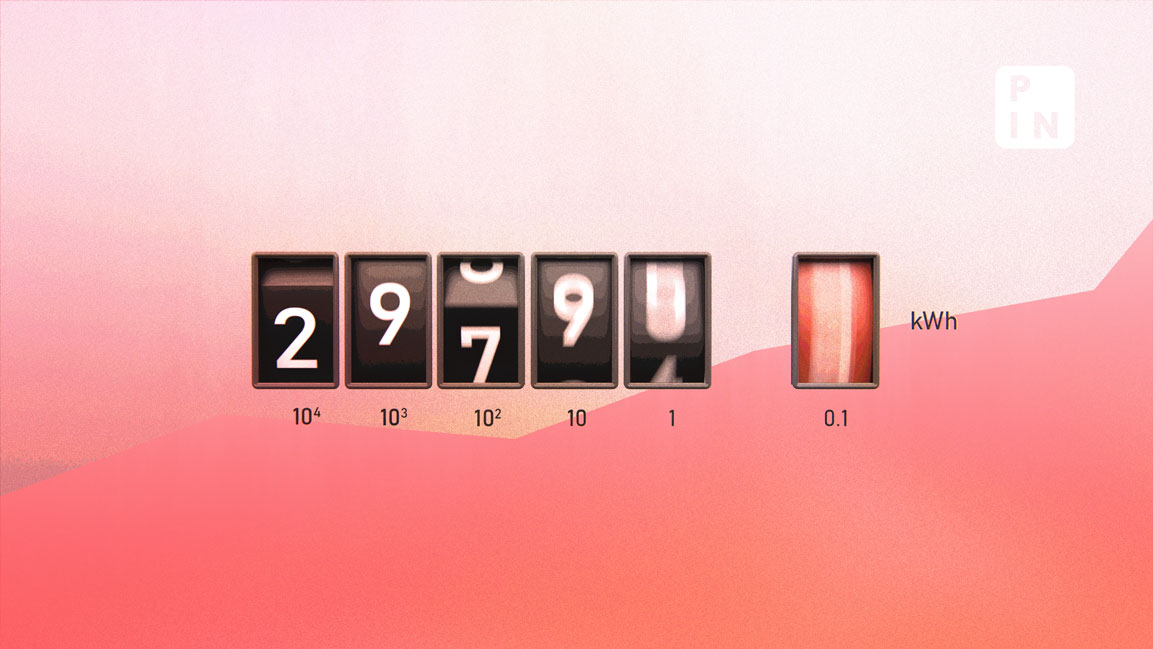- | 3:30 pm
India’s improved power capacity, gas plants to help meet peak summer demands
Fitch Ratings said the demand is expected to rise due to robust industrial activity, strong GDP growth, and the Indian Meteorological Department’s (IMD) forecast of above-normal temperatures during the summer months

India’s peak summer power demand, which is expected to rise by 7-8% this year, will be met through larger operating capacities, adequate coal inventory and higher utilization of gas-based plants, a report said.
In a commentary on India’s power capacity, Fitch Ratings said the demand is expected to rise due to robust industrial activity, strong GDP growth, and the Indian Meteorological Department’s (IMD) forecast of above-normal temperatures during the summer months.
India’s monthly power demand typically peaks in the pre- and post-monsoon months of May or August, as cooling demand picks up with the rise in temperature. IMD has predicted higher than normal maximum temperatures over most parts of the country till June 2024, further increasing demand.
The ratings agency said it expects distribution utilities to work towards minimizing supply disruptions due to general elections in April and May, citing that power supply is a politically sensitive issue.
India’s peak energy demand grew by 12.7% from 2,15,888 MW in 2022-23 to 2,43,271 MW in 2023-24, while the peak demand met grew by 13.9% from 2,10,725 MW in 2022-23 to 2,39,931 MW in 2023-24, government data showed.
Relative to the year 2022-23, the energy requirement grew by 7.5% in 2023-24 and the energy availability grew by 7.8%, resulting in a reduction in total energy shortfall from 0.5% in 2022-23 to 0.2% in 2023-24.
On the supply side, the ministry of power has directed both gas-based and imported-coal-based power stations to maintain availability to meet the anticipated demand, the report noted.
“Utilization of gas-based plants has been low in the past due to higher fuel prices or lack of availability of fuel. However, both spot- and term-market liquefied natural gas prices have fallen by around 30% YOY. The relatively lower price should improve the viability and utilization of gas-based plants, especially during peak summer months when spot power prices also increase,” it said.
The price of electricity on short-term exchanges has already increased to above ₹5/kWh from average levels of ₹3/kWh to ₹4/kWh.
India experienced strong growth in power demand, averaging 8.5% a year over the last three years after the covid-19 pandemic. It has met a large part of the increase through thermal power plants’ higher plant load factors (PLFs), which have jumped between 10% to 69.5% over the last two years.
Increases in the country’s installed capacity base have also assisted in increasing power generation, the agency said, adding that total generation capacity has grown by 10% to 442 GW as of March 2024 from 399 GW of March 2022.
Around 80% of the capacity increase has been at renewable energy (wind and solar) plants, which operate at lower PLF of 20%-35%, as compared to thermal power plants which operate at 60%-90% PLF levels, it said.
Strong power demand bodes well for additions of renewable capacities and associated storage demand as India aims to meet ambitious long-term energy-transition goals.













